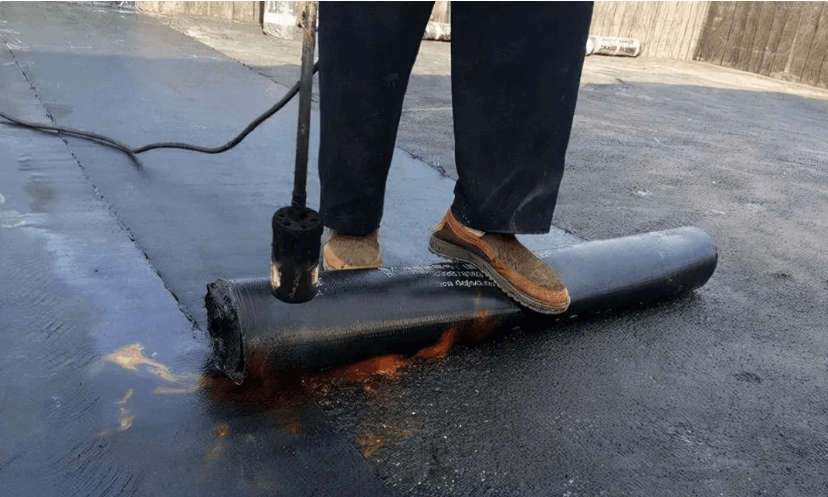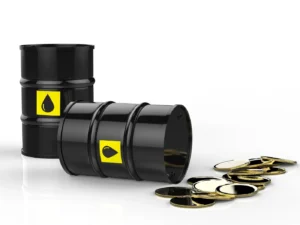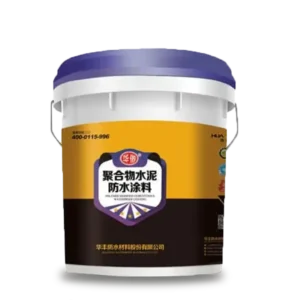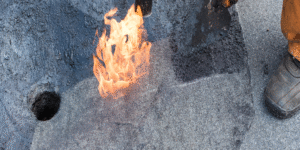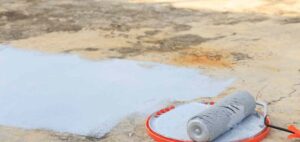Choosing the optimal waterproofing membranes is one of the most important considerations in performance and safety, as they protect structures against water infiltration. One of the most common waterproofing membranes used is fire-baked (torch-applied) and self-adhesive waterproofing membranes. They are alike in purpose, but differ significantly regarding material composition, installation procedures, performance metrics, and scope of application.
Material Composition
Fire-Baked Waterproofing Membrane
Manufacturers often produce this type of membrane as an SBS-modified bitumen waterproofing membrane. They modify it with a styrene-butadiene-styrene (SBS) thermoplastic elastomer, using a carrier such as polyester felt, fiberglass felt, or fiberglass-reinforced polyester felt. These membranes feature insulation material coating on both sides, which not only enhances impermeability but also improves resistance to external damaging conditions.
Self-Adhesive Waterproofing Membrane
Producers make this membrane from SBS or other synthetic rubbers, blending them with tackifiers and petroleum asphalt of higher grades. The upper surface can be HDPE film or aluminum foil while the lower surface features a peelable silicone-coated paper so that it can be easily applied without flames.

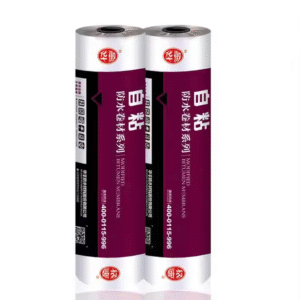
| Category | Fire-Baked Waterproofing Membrane | Self-Adhesive Waterproofing Membrane |
|---|---|---|
| Construction Process | – Clean and prime the base surface – Cut membrane to size – Use gas torch to heat and melt during application – Seal joints carefully – Requires skilled labor and flame precautions | – Remove release film – Press and roll onto substrate – No heat source or special tools needed – Safer and faster |
| Performance Characteristics | – Excellent durability and corrosion resistance – Maintains elasticity at low temperatures – Strong fatigue and crack resistance | – Good low-temperature flexibility – Strong self-healing and adhesion – Environmentally friendly, flame-free installation |
| Application Scope | – Ideal for external waterproofing: rooftops, underground parking, reservoirs, swimming pools – Best for flat roofs and basements needing high durability | – Suitable for roofs, basements, interiors, municipal projects, tunnels – Great for wooden/metal roofs and flame-sensitive areas like oil depots, chemical plants, textile and grain warehouses |
Conclusion
Both self-adhesive and fire-baked waterproofing membranes offer great protection; however, you must carefully consider the latter based on project requirements. If your project includes a high-risk, flame-sensitive area or requires a fast and environmentally friendly solution, self-adhesive membranes work best. For exposed areas with heavy loads needing long-term wear resistance and durability, fire-baked membranes remain the go-to option.
Need help choosing the right waterproofing membrane for your project? Contact our experts today!
- Phone: +86 138 6365 6701
- Email: Huafengwaterproof@gmail.com
- WhatsApp: +86 138 6365 6701
We look forward to assisting you with all your waterproofing needs!
